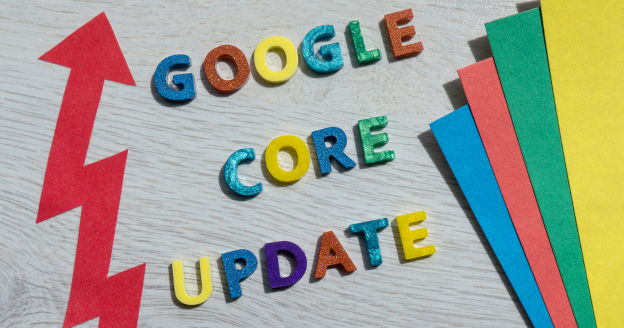Google Core Web Vitals Update in 2021 - Are You Ready?

Google made announcements in 2020 that in May 2021, the search engine would introduce a new set of metrics that would significantly impact - both positively and negatively - the ranking of many websites. The Core Web Vitals are in addition to the existing user experience (UX) signals that Google already analyzes.
The current UX/page experience signals include:
- HTTPS
- No intrusive interstitials
- Safe browsing
- Mobile-friendly
The additional Core Web Vitals that are now combined with the page experience signals are:
- Loading
- Visual stability
- Interactivity
The following is a closer look at what each of these Core Web Vitals means.
Loading
Also referred to as largest contentful paint (LCP), this is the time it takes for the main content on a page to load. Google ranks LCP as “good” when loading time is 2.5 seconds or less, a site “needs improvement” if it takes 2.5 to 4 seconds to load, and “poor” loading takes longer than 4 seconds.
Visual Stability
This involves a site’s cumulative layout shift, which is how much unexpected shift there is of the visual page content. Google ranks a layout shift of 0.1 or less as “good,” a layout shift of 0.1 to 0.25 as “needs improvement,” and a layout shift of over 0.25 as “poor.”
Interactivity
This refers to the first input delay of a site, which is the amount of time required for a webpage to allow a user to interact with it. Wait time for interactivity of 100 milliseconds (ms) or less is considered to be “good,” 100 ms to 300 ms of wait time means a site “needs improvement,” and more than 300 ms of wait time is “poor” by Google’s new standards.
The intent of combining these new vitals with existing UX signals is to ensure that site users get the most enjoyable and beneficial experience from the sites they visit. While the current Core Web Vitals emphasize the interactivity, speed, and reliability of a page, these vitals are always changeable as the expectations of web users change.
Google UX Labels Might Not Launch
Google was considering adding labels to search results to indicate when a certain page has a strong UX. A labeled page would mean it meets the criteria for page experience described above. While Google began testing these labels, there hasn’t been much additional talk about them, which might mean that following testing, Google opted not to proceed with them. However, Google can always change its mind in the future, and labels might be added to high-UX pages on search results.
How Our Web Marketing Professionals Can Help
One study in August 2020 determined that fewer than 15 percent of websites had proper optimization to pass an assessment of the new Core Web Vitals. If you did not update your site prior to the rollout of the new signals, you can still take action to improve your search rankings.
Our team at Fuel Web Marketing knows how to follow Google’s best practices, even as they continue to change and add new metrics. We help our clients adapt and meet Core Web Vitals, and we have tools to identify improvement opportunities on each page. There are different tools to assist with page and site audit and improvement, such as:
- Search Console
- PageSpeed Insights
- Lighthouse
- Chrome DevTools
- Chrome UX Report
- Web Vitals Extension
We know that as a busy professional, you likely don’t have the time to analyze your site’s pages for the new Core Web Vitals - or you might not even know how to begin doing so. Leave your site’s optimization to the SEO experts at Fuel Web Marketing.
Contact us today to learn more about how we can improve your site’s rankings and reach to get you more clients!